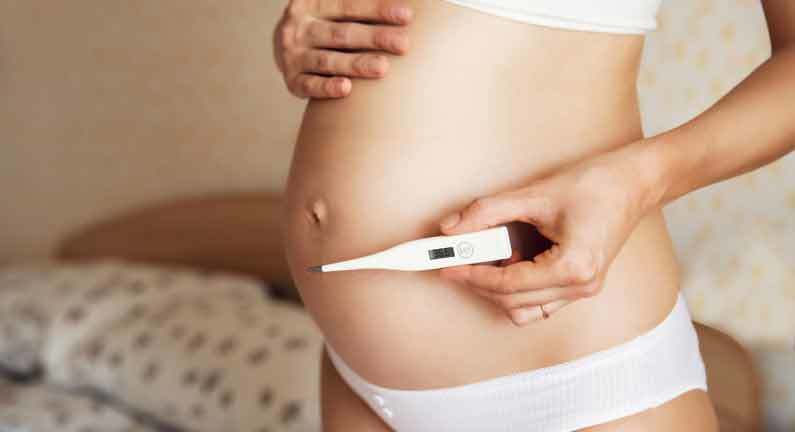Understanding your ovulation cycle is essential when you’re trying to get pregnant. Unless you have a known fertility issue, practicing good fertility awareness can dramatically increase your chance of conceiving. Plus, it’s inexpensive (if not free) and has no negative side effects. It’s one of the safest and most effective ways of improving your fertility.
Below is a look at the most effective fertility awareness methods. Whether the method tracks your body temperature, cervical fluid, or days in your cycle, each has the same goal: to tell you the days when you’re most fertile. These are the best days to attempt insemination. This is sometimes called the “fertile window” — the five days leading up to ovulation when you have the best chance of getting pregnant. Knowing your window also helps with ordering your donor sperm.
When thinking about fertility, it’s important to remember that all women are different, so you’ll have to discover the method that’s best for you. Remember, menstrual cycles can range from 21 to 35 days, and some women menstruate regularly while others do not, so there is no one-size-fits-all method for all women. Don’t be too discouraged if one method doesn’t work. Your chances are good another one will.
Calendar Method
Also called the rhythm method, this approach involves tracking your menstrual cycles so you can estimate with close accuracy your fertility window each cycle. This window is the only time you’ll be able to get pregnant that month, so knowing it is important. Since your cycle may fluctuate month to month it may take several months to get a reliable cycle length.
To track your cycle, note the first day of your period when the lining of your uterus breaks down and menstruation begins. This is the start of a cycle. Ovulation occurs about 14 days later when your ovaries release an egg and your uterus lining begins to thicken. Your most fertile days are the three days leading up to and including ovulation. So if your average menstrual cycle is 28 days, you will ovulate around day 14. You can also purchase an over-the-counter ovulation kit to help determine the time of the month when you’re most likely to conceive.
Temperature Method
For the temperature method, plan to record and chart your basal (or waking) body temperature using a special basal thermometer, which can be found at most drug stores. Your basal body temperature rises between .4 and 1 full degree Fahrenheit when you ovulate, so it helps you know exactly when it occurs.
You may find you need to track your temperature for several months to get an accurate reading. This is especially true if you’re traveling or sick or if your sleep patterns vary widely. Alcohol use the night before can also affect your basal readings. For best results, keep your sleep patterns as consistent as possible when measuring, and be sure to get a minimum of four hours of sleep to get accurate readings.
To find your waking temperature, keep a digital basal thermometer next to your bed and take your temperature immediately after waking, before you get out of bed or begin moving. Record your temperature after normal sleep for at least a full month. You’ll find that your basal temperature will go up after ovulation so you’ll know it just occurred. Mark that day of the month and then be sure to attempt conception on that day the following month.
Cervical Fluid Method
Cervical fluid or mucus changes during the menstrual cycle. About four days after your period, your cervical mucus will become increasingly clear, slick, and often white and stretchy to the touch. Ovulation generally happens within a day or two of when the mucus is at its most slippery and wet. This is the best time to attempt conception.
Paying close attention to your ovulation cycle is a proven way to help you get pregnant faster. It may take some time to discover the best fertility awareness method for you, but once you do, it can make a noticeable difference in your ability to conceive.
For more help and ideas, learn about other effective ways to increase fertility.
